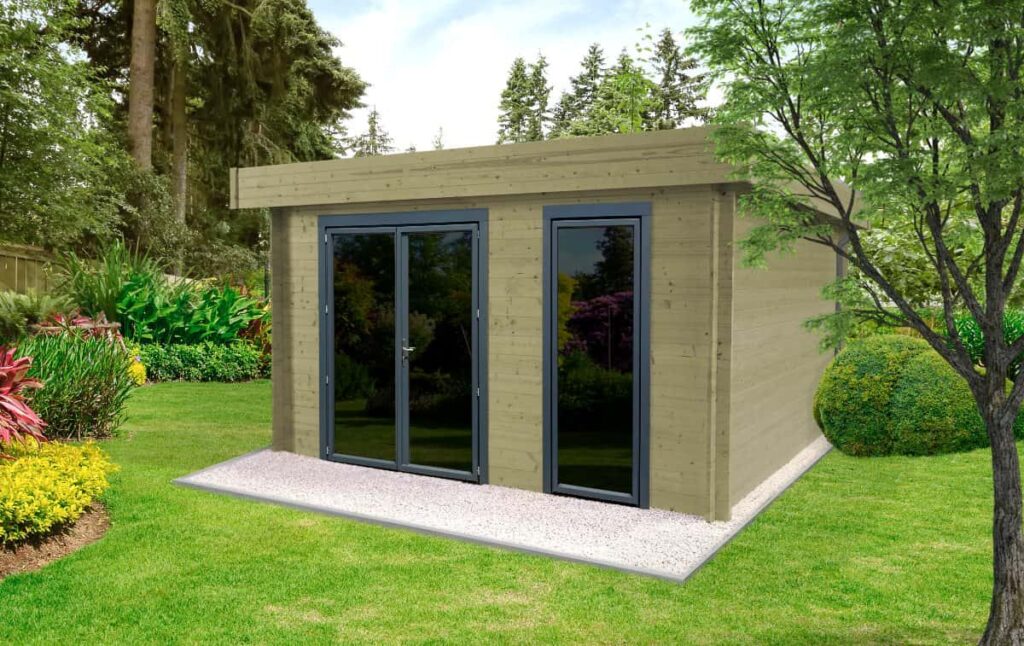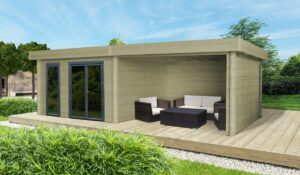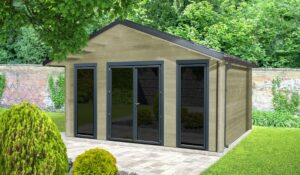Introduction
Log cabins possess an undeniable charm that appeals to many homeowners. Their rustic aesthetics attract those who appreciate organic vibes and natural beauty. However, potential buyers must carefully consider the significant drawbacks that accompany the allure of a log cabin home.
The Inflexibility of Log Cabins
One of the main issues with log cabins is their lack of flexibility. Once they are built, it can be difficult to make any changes to the interior design or layout. This can be frustrating for homeowners who may want to update or remodel their space in the future. Additionally, log cabins are often limited in terms of insulation and energy efficiency, which can lead to higher heating and cooling costs. Despite these challenges, many people enjoy the rustic charm and cozy atmosphere that log cabins provide.
Maintenance and Practical Concerns
While log cabins are visually appealing, they demand continuous maintenance. Over time, logs may shrink, resulting in structural adjustments for elements like staircases and support beams.
Additionally, their unique shapes can retain moisture, causing potential damage.
Staining logs is preferable for longevity, yet this process requires regular upkeep. Staining logs helps to protect them from the elements and extend their lifespan. However, in order to maintain the effectiveness of the stain, regular upkeep is necessary. This can involve cleaning the logs, reapplying the stain, and making any necessary repairs to ensure the logs remain in good condition. By staying on top of this maintenance, you can help ensure that your logs remain beautiful and durable for years to come.
Energy Efficiency and Cost Issues
Energy efficiency in log cabins is often subpar, complicating heating and cooling efforts. Improving energy efficiency in log cabins can help reduce energy bills and make indoor temperatures more comfortable. Some steps that can be taken to increase energy efficiency in log cabins include adding insulation to walls and roofs, sealing gaps and cracks, upgrading windows and doors, and installing energy-efficient heating and cooling systems. These improvements can make a significant difference in the energy consumption of a log cabin and create a more sustainable living environment.
Moreover, the expenses tied to building and maintaining a log cabin can be significant due to the labor-intensive nature of log construction.
Alternatives to Log Cabins
Fortunately, homeowners can achieve a similar rustic aesthetic without the drawbacks of traditional log cabins.
Combining log posts with timber framing offers aesthetic appeal while maintaining structural flexibility and efficiency. This combination allows for the creation of visually striking buildings that can easily adapt to different design styles and requirements. The use of log posts adds a natural and rustic charm, while timber framing provides strength and durability. Together, they offer the perfect balance of form and function, making for timeless and versatile structures.
Incorporating reclaimed logs or unique accents can infuse character without overwhelming the design.
Conclusion
For those considering a log cabin, it is vital to evaluate both the pros and cons.
While their attraction is potent, exploring alternative designs can provide the natural beauty of wood without the typical challenges of log cabins.
Embrace the journey of crafting the perfect living space!


